Hispanic/Latinx Heritage Month: Inspiring Hispanic Optical Scientists and Engineers
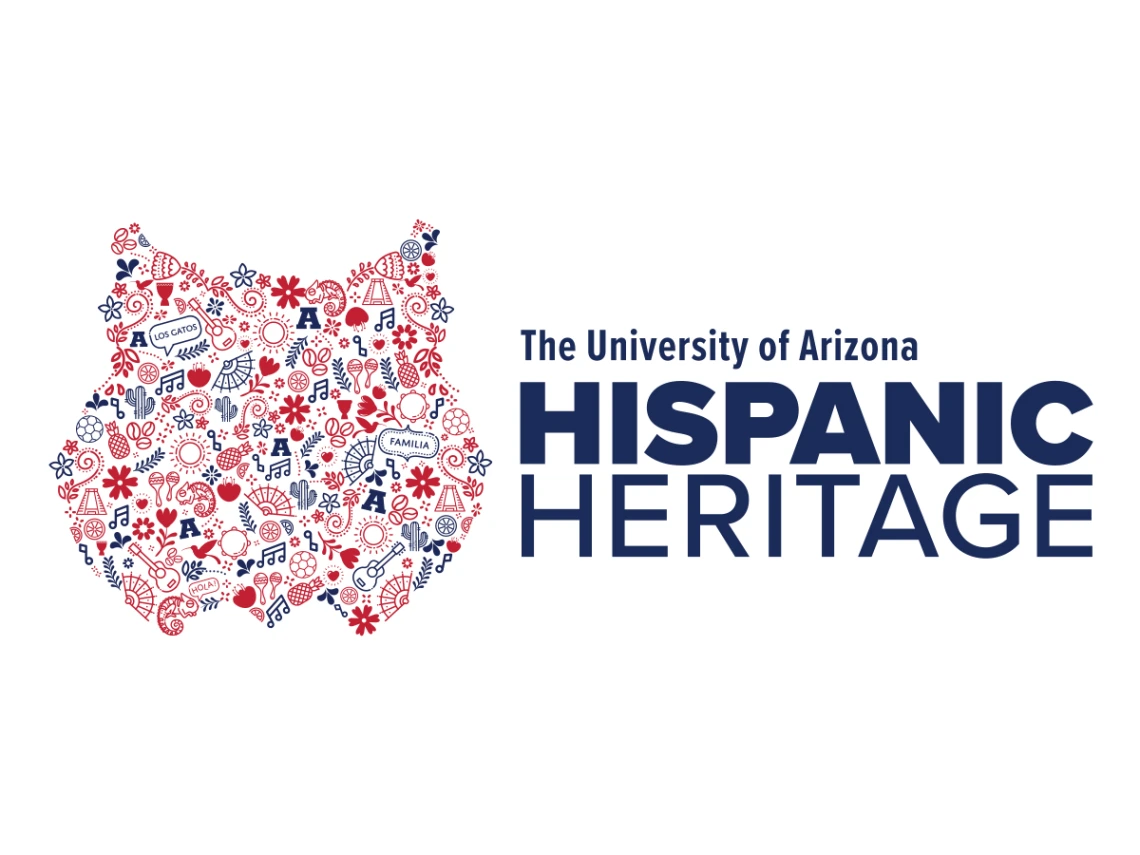
Albert Vinicio Baez

Albert Vinicio Baez
Physics Today
Albert Vinicio Baez, born in Puebla, Mexico, in 1912, was a groundbreaking physicist, humanitarian and educator. A co-developer of the X-ray reflection microscope, he made significant contributions to x-ray optics, including the Kirkpatrick-Baez configuration. With Paul Kirkpatrick as his advisor, he wrote his thesis, “Principles of X-Ray Optics and the Development of a Single Stage X-Ray Microscope”; he received his PhD in 1950. Beyond his scientific achievements, Baez was deeply involved in science education, including through UNESCO projects. In 1951 he helped establish the departments of physics, chemistry, and biology at Baghdad University. A lifelong pacifist and advocate for education, Baez’s legacy continues to inspire.
Ana María Cetto Kramis
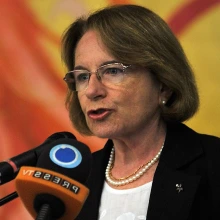
Ana María Cetto Kramis
WIkipedia
Ana María Cetto Kramis, born in 1946 in Mexico City, is a renowned physicist known for her work in quantum mechanics, electrodynamics, and biophysics of light. A professor and former director at the National Autonomous University of Mexico (UNAM), Cetto has contributed to numerous scientific literature and programs, focusing on promoting women in science across Latin America. She served as Deputy Director General of the International Atomic Energy Agency (IAEA) from 2003 to 2010, during which the IAEA received the Nobel Peace Prize for “their effort to prevent nuclear energy from being used for military purposes and to ensure that nuclear energy for peaceful purposes is used in the safest possible way.” A passionate advocate for science education and pacifism, Cetto has been involved with various international organizations, including co-founding the Third World Organization for Women in Science (TWOWS). She has published over 300 scientific papers and continues to inspire through her commitment to diversity and inclusion in STEM.
Miguel A. Alonso
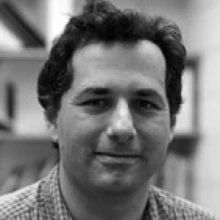
Miguel A. Alonso
IEEE
Miguel A. Alonso, a distinguished physicist and educator, received his engineering degree in physics from Universidad Autónoma Metropolitana in Mexico City in 1990 and earned his Ph.D. in optics from the University of Rochester in 1996. Currently a professor at The Institute of Optics at the University of Rochester, he is an active member of both the Center for Freeform Optics and the Center for Coherence and Quantum Optics. A recognized leader in the field, Alonso is a fellow of Optica and has served as an Associate Editor and Deputy Editor for Optics Express from 2002 to 2013. His contributions to optics research and education continue to inspire both students and colleagues in the field.
Ellen Ochoa
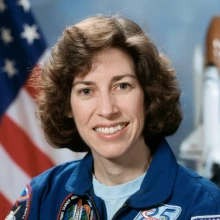
Ellen Ochoa
Women & The American Story
Ellen Ochoa, born on May 10, 1958, in Los Angeles, California, is a trailblazing astronaut and optical engineer, recognized as the first Latina to travel into space. After graduating as valedictorian from both her high school and San Diego State University with a degree in physics, she earned her master's degree in engineering from Stanford University and a Ph.D. in optics. Ochoa's pioneering work in optical systems led her to NASA, where she was selected as an astronaut in 1990. She completed four space missions, including her first on the Space Shuttle Discovery in 1993. In addition to her space exploration achievements, Ochoa made history as the first Latinx director of the Johnson Space Center in 2013 and currently serves as chair of the National Science Board, where she advocates for science and education, inspiring future generations in the fields of STEM.
Ximena Cid
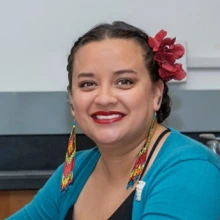
Ximena Cid
CSUDH
Ximena Cid is an associate professor and chair of the physics department at California State University, Dominguez Hills. A proud Indigenous Chicana, she faced significant challenges in her academic journey, notably being the only woman and person of color in her introductory physics class at UC Berkeley, where she persisted through three attempts to pass. Cid's dedication to physics education and advocacy for diversity and inclusion in STEM is rooted in her early experiences marching alongside labor leaders for civil rights. She made history as the first Latina and Indigenous student to earn a Ph.D. in physics from the University of Texas at Arlington, focusing on physics education research. Cid's advice to students is to, “just know themselves and be confident in who they are. Because as long as we know who we are, it’s a lot harder to feel out of place.”
José Moreno Hernández
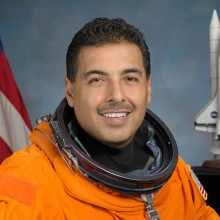
José M. Hernández
NASA
José Moreno Hernández is a Mexican-American engineer and astronaut who served on the Space Shuttle mission STS-128 in August 2009, becoming the first person to use Spanish in space via Twitter. Born in French Camp, CA, to a family from La Piedad, Michoacán, he grew up working alongside farmworkers, and learned English at age 12. A first-generation college student, Hernández earned his B.S. in electrical engineering from the University of the Pacific and an M.S. in electrical and computer engineering from UC Santa Barbara. He participated in the MESA program, which supports students from disadvantaged backgrounds in STEM. After developing pioneering full-field digital mammography imaging system at Lawrence Livermore National Laboratory, he joined NASA, overcoming eleven rejections before being selected for astronaut training in 2004. Hernández's story of perseverance and dedication to education and diversity continues to inspire many, exemplified in the 2023 biopic A Million Miles Away, where he is portrayed by Michael Peña.
France Anne-Dominic Córdova

France Anne-Dominic Córdova
NSF
France Anne-Dominic Córdova is a prominent American astrophysicist and administrator who served as the fourteenth director of the National Science Foundation. Born on August 5, 1947, in Paris, France, she is the eldest of twelve children with an Irish-American mother and a Mexican-American father. Córdova graduated cum laude from Stanford University with a degree in English and earned a PhD in Physics from Caltech in 1979. Her career spans significant roles, including leading the Space Astronomy and Astrophysics Group at Los Alamos National Laboratory and serving as a NASA Chief Scientist. She has held various academic positions, notably as President of Purdue University and Chancellor of UC Riverside, where she helped establish the School of Medicine. Córdova has published over 150 scientific papers and received accolades such as the NASA Distinguished Service Medal and recognition as one of the 80 Elite Hispanic Women by Hispanic Business Magazine.
Carlos Bustamante
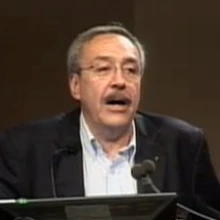
Carlos Bustamante
NIH
Carlos Bustamante is a distinguished Howard Hughes Medical Institute (HHMI) investigator and a professor of molecular and cell biology, physics, and chemistry at the University of California, Berkeley. He earned his BSc from Cayetano Heredia University and his MSc in biochemistry from National University of San Marcos in Lima, followed by a PhD in biophysics from UC Berkeley. Bustamante specializes in single-molecule visualization techniques, using tools like scanning force microscopy and optical tweezers to study nucleoprotein assemblies, DNA elasticity, and the mechanical unfolding of proteins. He is also an honorary professor at the National University of San Marcos in Lima, Peru.
Find out more about each of these inspiring people by following the Wyant College of Optical Sciences Instagram page, where a brief bio on each person was posted throughout September and October.
